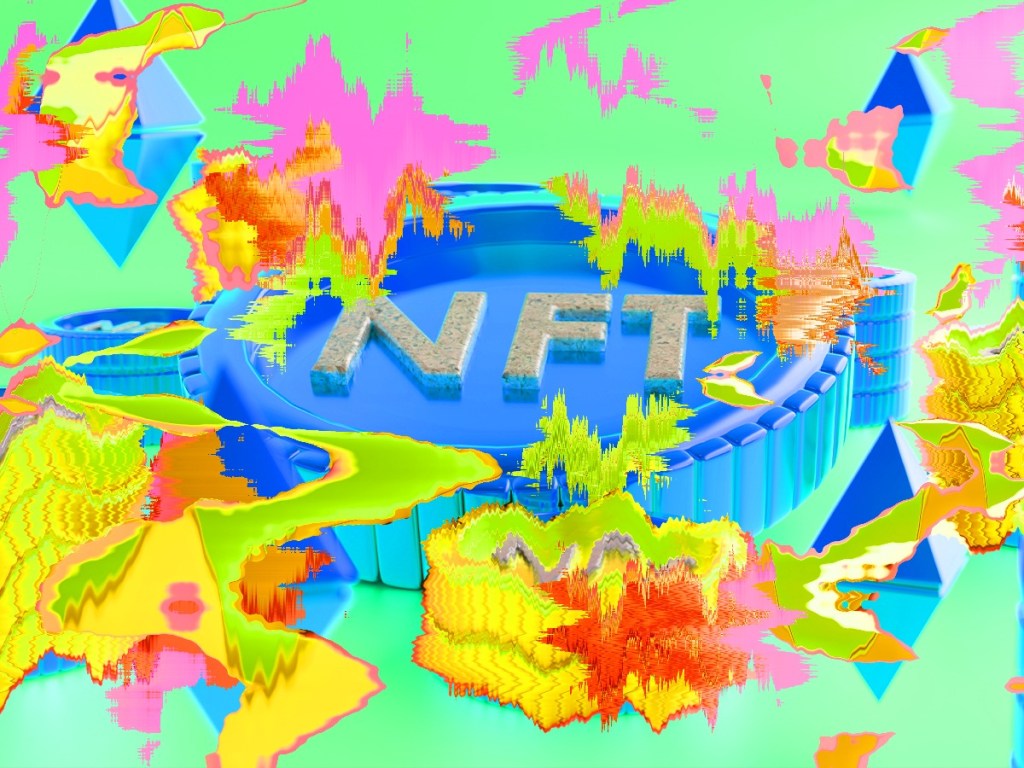Want to know how to mint NFTs? Here is The Chainsaw explainer.
NFTs, or non-fungible tokens, have taken up a lot of news columns in recent years with artists, musicians and creators entering the space in a blaze of glory.
Interested in creating your own NFTs? Wondering where to start? In this article, we’ll explain how to mint an NFT, how to choose a platform, and how to sell your NFT.
So, let’s dive in and explore the world of NFT minting.
Table of contents
- What is an NFT?
- Art and NFTs
- What is minting an NFT?
- Can you mint NFTs for free ?
- NFT marketplaces that have free NFT minting
- How long does it take to mint an NFT?
- What to consider before minting an NFT
- Do due diligence
- NFT Marketplace
- What is Blur.io?
- What is Bicasso?
- How to mint an NFT
- Cheap ways to mint NFTs
- Earning royalties
- The most expensive NFTs ever minted
- How big brands are using NFTs
- Conclusion: Minting NFTs
What is an NFT?
NFT is the acronym for Non-Fungible Token. This may sound like a lot of technical jargon, but it is not as complicated as it might first seem.
If something is fungible, it can be easily replaced with something else of the same value. For example, if you have a $10 note, you can exchange it for another $10 note, and it will have the same value. Or if you have two gold bars, you can exchange them for two other gold bars, it will have the same value.
Non-fungible, however, means that it isn’t easily replaced, as it’s unique. A Van Gogh painting is non-fungible, for example. It cannot be easily replaced by another painting of equal value.
In the sphere of digital currencies, tokens represent ownership. So, a non-fungible token is a unique digital asset. It shows ownership of something that is unique and cannot be easily replaced.
Art and NFTs
An artist might create a digital artwork, and then make an NFT (the process is called minting) to represent ownership of the artwork.
The NFT is unique — and it can be bought and sold just like other cryptocurrencies. But an NFT doesn’t have to be just an artwork. An NFT can be a Tweet, it can represent virtual or actual real estate, it can be paired with luxury items like jewellery, or it can even be used to prove ownership of rare whiskeys. There are even NFTs of famous memes.
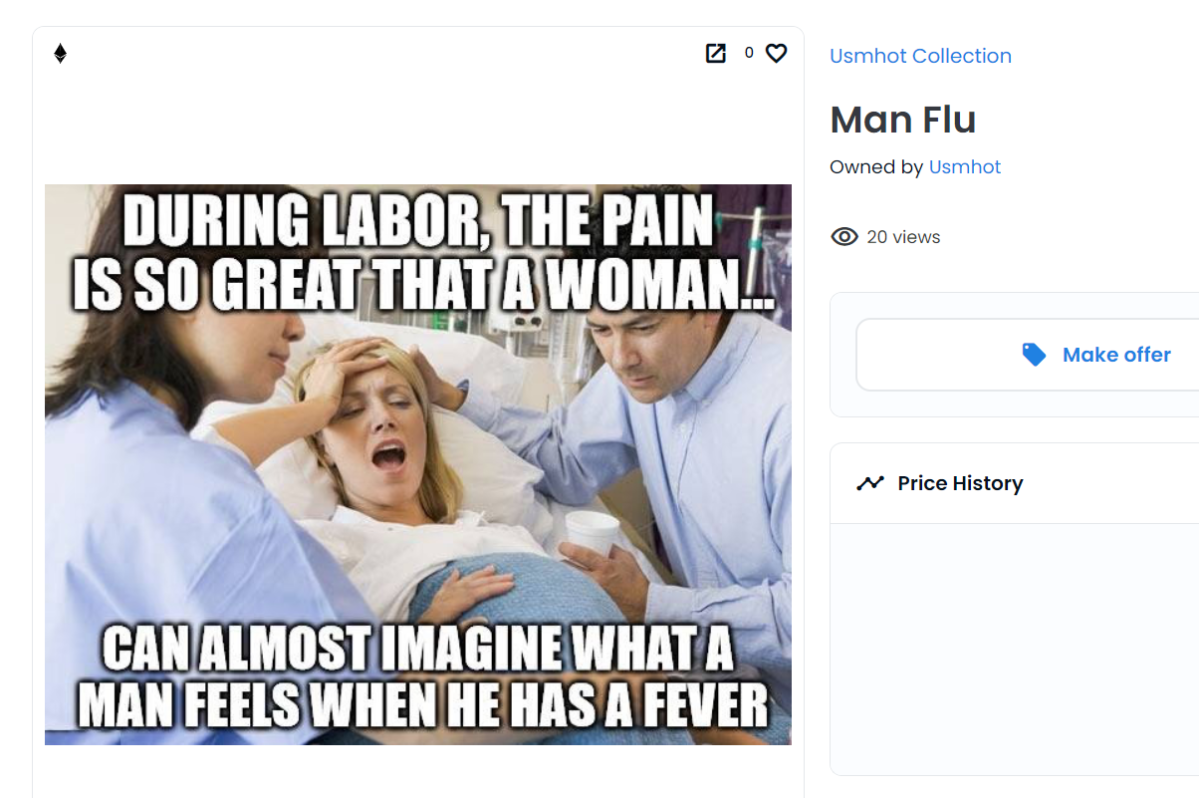
What is minting an NFT?
Now that you know what an NFT is, you now want to mint your own, right? But what does minting mean?
Minting an NFT means that you have created a unique digital asset and recorded it on a digital ledger called a blockchain. It is no different from holding a one-of-a-kind trading card with no other copies, except it is digital.
When you mint your NFT, you create a unique digital asset that cannot be duplicated.
To mint an NFT, you upload your digital asset to an NFT platform. Then you can create a unique token that represents ownership of your item.
Once the NFT is minted, its life is recorded on the blockchain. This means all the transactions involving that NFT will be recorded. Anyone interested in the NFT can see which wallet owns the NFT, how much it was sold for, and other information about its history.
Minting an NFT for artists, musicians and other creators can help them monetise their digital creations.
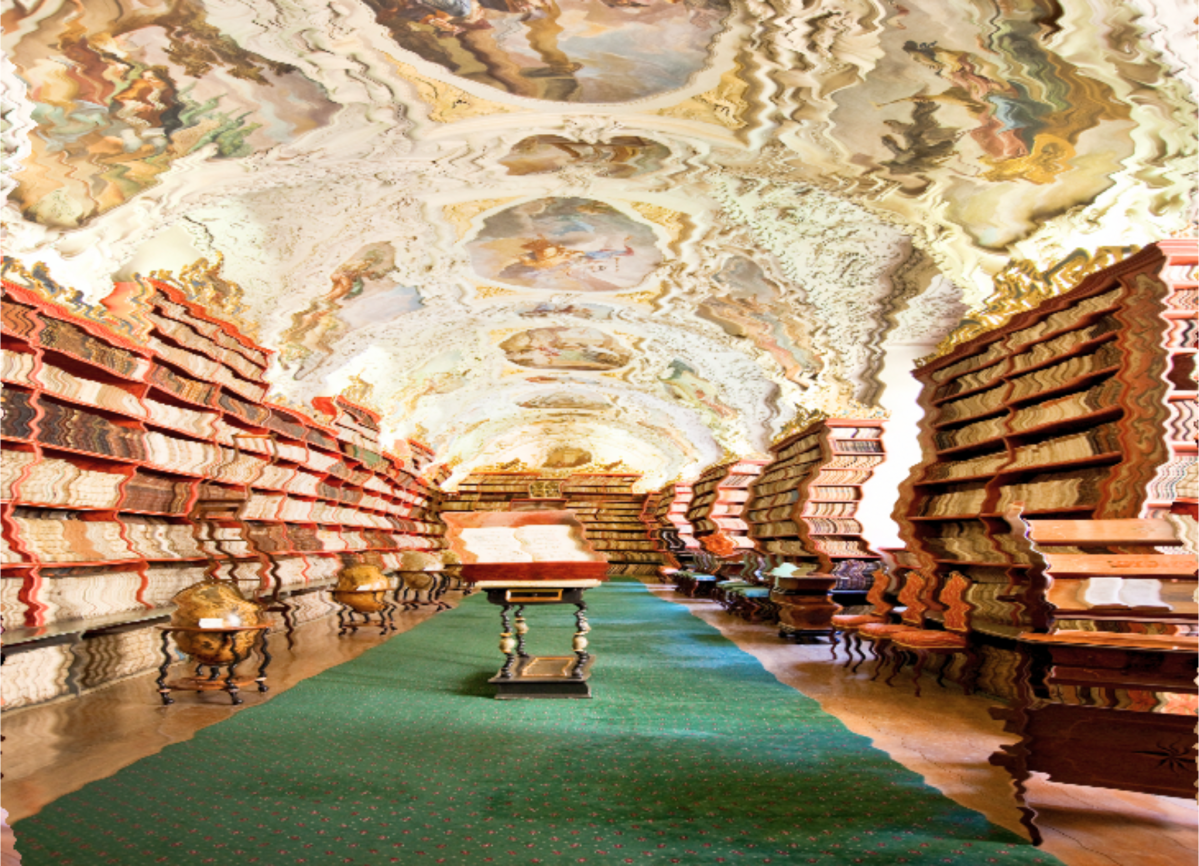
Can you mint NFTs for free?
Minting NFTs for free is possible, but it depends on the platform that you choose.
Something to know here is that while the minting process may be free, it doesn’t mean that there won’t be other costs. For example, you could be charged a fee once you list your NFT for sale after minting it on a platform.
There are also ‘gas fees’ to consider. When someone makes a transaction on the blockchain, they pay a fee to the network to process it. Gas fees are paid in cryptocurrency (mostly in Ethereum) and this is used to pay the miners, who process the transactions. You can learn more about this process here.
The gas fees aren’t stable all of the time — it depends on how many people are using the network and how complicated the transaction on the blockchain is. If you buy, sell or mint an NFT at a really busy time, you’ll pay higher gas fees.
Some NFT marketplaces have gas-free or gasless minting, but they then charge a fee for the service or take a percentage of the transaction.
Gas fees can seem a bit complex, but they are part of how the blockchain functions and allows NFTs to be recorded and transferred.
NFT marketplaces that have free NFT minting
OpenSea is probably the most well-known NFT marketplaces. Here you can easily mint an NFT for digital assets like virtual worlds, collectibles, art, and music. You can use over 150 cryptocurrencies on this platform. While they don’t charge to create or list an item, they take a small transaction when it is transferred.
Rarible is another NFT marketplace that focuses on art and photography. They have a “lazy minting” feature, where you can create an NFT for free, but also, the buyer pays the gas fees when they purchase it.
The Binance NFT marketplace is another place that is free to mint an NFT, but there are conditions, like identity verification and having ten followers. They also charge a small transaction fee when you sell it.
Nifty Gateway allows free minting and the gas fees are built into the sale cost when someone buys your NFT.
On the NFT app Mintable, not only is NFT minting free, you don’t even pay gas fees.
Can I mint NFTs myself?
Yes. You can mint NFTs yourself on any NFT platform. Once you have selected the platform, then you need the digital item that you want to mint as an NFT. This could be art, music, sound, video, a tweet, or any other thing you want to have a digital token for.
Then, upload your digital asset to the NFT platform that you have chosen. Follow the instructions on how to create your NFT.
Once your NFT is created, then you can keep it, sell it on the marketplace you are on (or another one) or trade it for another NFT.
Is minting NFTs the same as buying?
Minting NFTs is not the same as buying NFTs. Minting an NFT means you are creating a new and unique digital asset. Buying an NFT means you are purchasing an NFT that someone else made.
Minting your own NFTs, selling your NFTs, and buying other NFTs are all part of the fun.
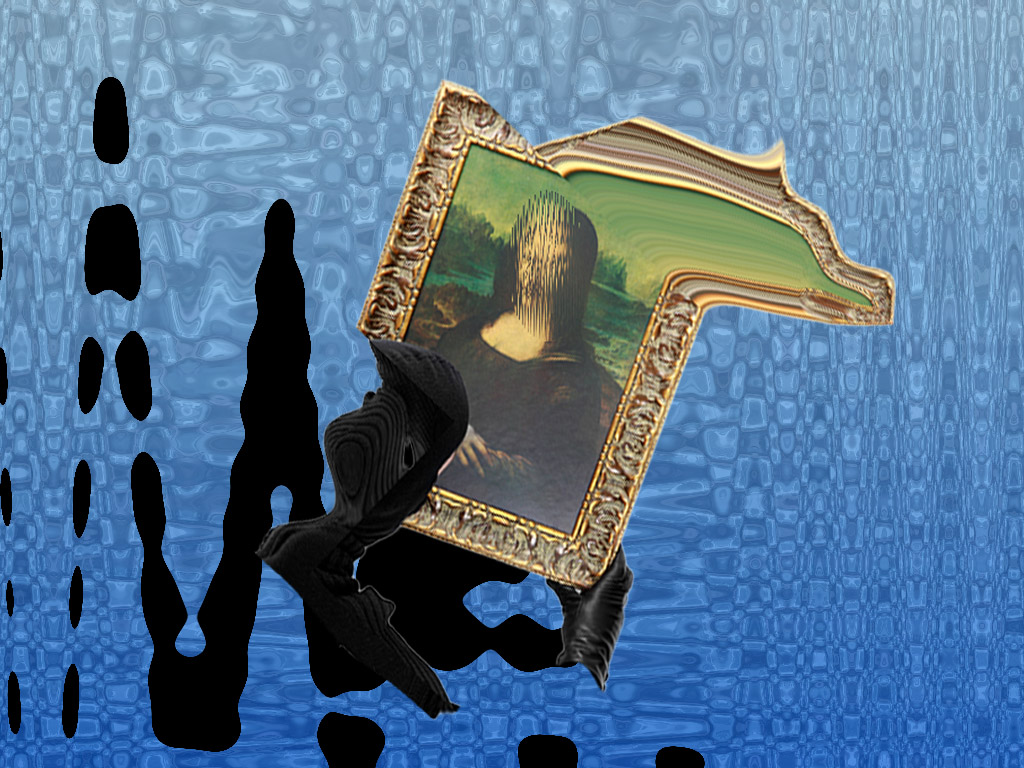
How long does it take to mint an NFT?
This depends on the platform you use and the complexity of the digital asset you’re using to create the NFT.
In most cases, minting an NFT is uploading a digital asset, creating a token to represent that asset, and recording it on the blockchain.
This process can take just minutes or several hours, depending on the platform, and how many people are trying to use the platform at the same time.
Some platforms also require verification so that you can prove that you are the owner of the NFTs you are playing with, so this can take a little more time.
Do some research beforehand to avoid high-demand times.
What to consider before minting an NFT
Choosing the right platform
The platform you use does matter! Different platforms may have different uses, different fees, and different user experiences. Here are the things to consider.
1. Reputation: Does the platform have a good reputation within the NFT community?
2. Fees: Fees can be really different between platforms, so make sure the benefits outweigh the costs on each platform.
3. User experience: Is the platform easy to use? Does it have the features you are looking for? Is it stable and reliable?
4. Community: Look for a platform with a supportive community that’s active
Do due diligence
Doing your due diligence is definitely something you need to investigate before buying NFTs from any platform.
Firstly, you should look at the team of people behind the NFT project. Who are they? Do they have any experience? Are there any negative reports about them online?
Another thing to look for is the project’s roadmap, which is the NFT project’s plan for the future. While it doesn’t need to be followed exactly, it should be realistic.
Another thing you can do is check the project’s social media platforms, like Twitter and Discord. Do they have a lot of followers? Are they genuine followers or fake? Look at how engaged the followers are. If they don’t comment and share, they are probably bots.
The NFT ecosystem
While you are minting your NFTs and doing research, you’ll hear the term “NFT ecosystem” a lot.
The NFT ecosystem refers to the network of platforms, marketplaces, and communities that support NFTs. It has minting platforms, NFT marketplaces, and communities of NFT creators and collectors.
In this ecosystem, enthusiasts can own, create and trade NFTs like they would with other assets.
NFT Marketplace
An NFT marketplace is any platform where you can buy and sell NFTs.
NFT prices can vary depending on how popular the creator is, how scarce or unique the NFT is, or how much in demand the NFT is.
NFT marketplaces are key part of the NFT ecosystem, where buyers and sellers come together and trade digital assets.
Top marketplaces
OpenSea is one of the biggest NFT marketplace and has a wide range of digital assets you can buy or sell. You can mint your own NFTs on OpenSea.
SuperRare is an NFT marketplace where users buy and sell NFTs using Ethereum. SuperRare also has its own token.
Foundation is an easy-to-use marketplace for digital art, and would probably appeal to beginners. You need Ethereum to buy and sell NFTs on this NFT marketplace.
Nifty Gateway is a marketplace where users can buy and sell NFTs using regular money rather than cryptocurrency.
Mintable is an open marketplace for NFTs, where you can buy, sell and mint NFTs.
On Axie Marketplace users buy and sell digital creatures called Axies, which are used in the game Axie Infinity. You can buy and sell Axies on other marketplaces too.
Larva Labs/CryptoPunks is known for its CryptoPunks NFT project — these are digital characters that are among the most expensive NFTs on the market.
Rarible is another big marketplace for NFTs, but to use it, you have to own the platform’s native token.
What is Blur.io?
Blur is a trading marketplace and aggregator for NFTs. The difference with this marketplace is that it has advanced analytics, portfolio management capabilities and it can compare NFTs on multiple marketplaces. Professional NFT traders like it because it can help traders optimise profits.
What is Bicasso?
The Binance NFT Marketplace is a platform where NFT enthusiasts can sell, buy and trade NFTs. Now, they have integrated AI into their NFT platform.
The Binance AI-powered NFT generator has been called Bicasso, and it turns photos into digital artwork. And then, it mints the images as NFTs. This process, before now, took two steps, making the AI-art image, then turning it into an NFT. Now, it all happens in one step.
How to mint an NFT
1. Platform selection: Choose an NFT platform and create an account.
2. Upload your digital asset: This might be a photo, art, a video, or music, among other options.
3. Create your NFT: After you upload your digital asset, you can create your NFT. This means you will add a title, description and other data that will help people understand what your NFT is about.
4. Set your price: Decide the price of your NFT. You can fix a price or put it up for auction. You can learn more about the process here.
5. Mint your NFT: Bombs away! Mint your NFT. You will record its existence on the blockchain, and depending on the platform, this may take a few minutes or longer. Once it’s minted, then people can potentially buy your new creation.
6. Sell your NFT: If someone buys your masterpiece, then you can receive payment in cryptocurrency (like Ethereum or Bitcoin).
Congratulations, you’ve minted your first NFT!
How to purchase Ethereum (ETH)
To purchase Ethereum, this is what you need to know.
1. Choose a cryptocurrency exchange: Choose a crypto exchange that has a good reputation. Not every crypto exchange works in every country, due to local regulations.
2. Create an account: Put in your personal information and verify your identity.
3. Add funds to your account: Link a bank account or credit card and transfer money to your cryptocurrency exchange account.
4. Buy Ethereum: Navigate to the Ethereum part of the exchange, and order the amount you want to buy.
5. Store your Ethereum: You can now store ETH in a digital wallet. Many exchanges have their own digital wallets on offer, or you can use third-party wallet.
Make a crypto wallet
1. Choose a wallet: There are a lot of different wallets, so do some research. We dive into some of the best here.
2. Download your wallet: You may need to download software or purchase a device, so follow the instructions provided.
3. Create a new wallet: Once you’ve downloaded your wallet, you’ll need to set it up. You will generate a public and private key pair, which is needed to send and receive cryptocurrency.
4. Secure your wallet: Set up a password, enabling two-factor authentication, or if it is a hardware wallet, keep it in a safe place.
5. Receive and send cryptocurrency: Once you are up and running, you can receive and send cryptocurrency. To receive crypto, all you have to do is give your public key to the person sending it to you. To send crypto, just enter the recipient’s public key, plus the amount you want to send.
Remember to keep your private key safe, as losing can be a nightmare that ends in the loss of all your crypto.
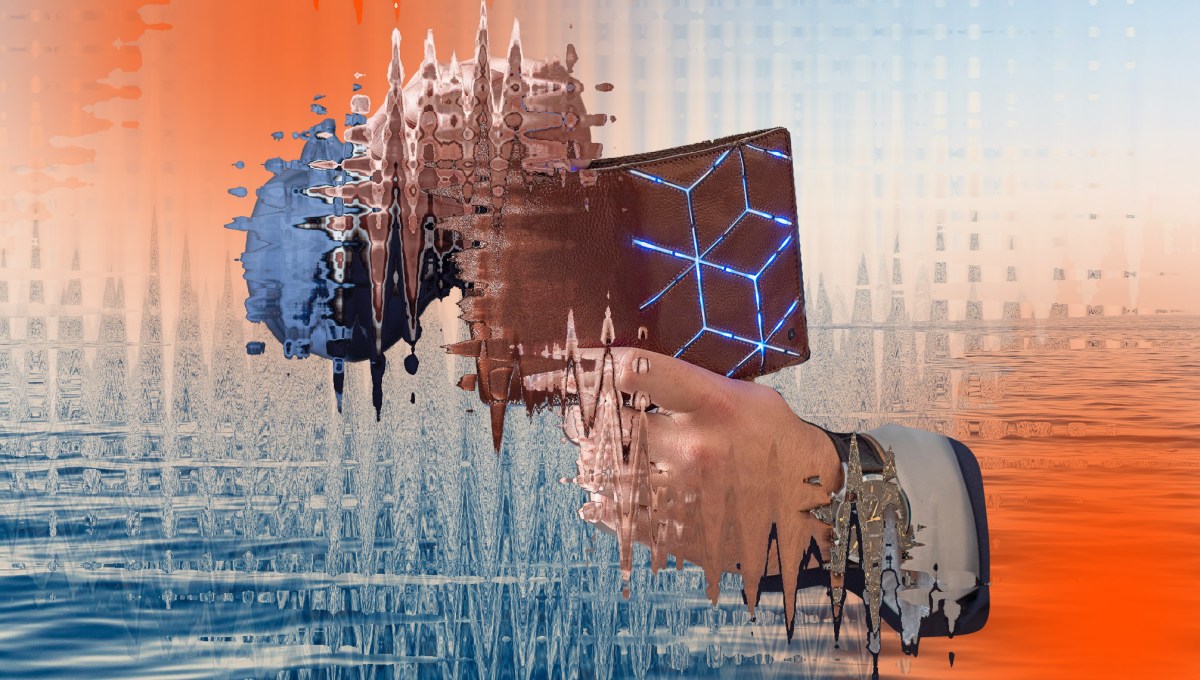
Cheap ways to mint NFTs
There are several ways to mint NFTs on the cheap.
1. Use free NFT minting platforms: As previously mentioned, use free minting sites or low-fee sites.
2. Look for low gas fees: Some blockchain networks have lower gas fees. For example, the Binance Smart Chain and Polygon have lower gas fees than the Ethereum network.
3. Mint NFTs in bulk: Some platforms give discounts for minting bulk NFTs. It can be more cost-effective to mint many NFTs at once, rather than paying for each individually.
4. Create your own NFTs: Got basic coding skills? You can create your own NFTs without using a platform. This is super cheap but you will need some tech knowledge.
Earning royalties
As an NFT creator, you can earn royalties from your NFTs via “smart contract royalties.” When you create an NFT, you can specify that a percentage of the sale price is paid to you as a royalty every time the NFT is sold. This royalty is encoded into the NFT’s smart contract. The smart contract details the rules on how the NFT can be bought, sold, and traded.
Example: An NFT has a royalty percentage of 10%. Someone buys the NFT for $100 and then sells it for $500. The artist gets 10% of that $500 sale price, or $50. This process continues for each time the NFT is sold in the future.
The most expensive NFTs ever minted
If this doesn’t inspire you to try your luck minting an NFT, then nothing will!
An artist called Pak sold an NFT called ‘The Merge‘ for an astonishing $137 million in December 2021. This is the most money that has ever been paid for an NFT.
In second place is an NFT called ‘Everydays: The First 5000 Days’ by Mike ‘Beeple’ Winkelmann. It sold for $103 million (38525 ETH) in March 2021.
In third place is ‘Clock’, a collaboration between Wikileaks founder Julian Assange and the aforementioned Pak, which sold for a whopping $78 million (16953 ETH).
The NFT world is your oyster, you never know what might happen! It is important to note though, that these prices can be hugely volatile.
NFT prices experienced a huge surge in early 2021, with high-profile sales like the above hitting millions of dollars. However, the market has since cooled down. As of March 2023, there has been a decline in prices of NFTs of more than 80% from the peak. While the NFT market is down now, that doesn’t mean that it won’t return to a bull market in the future.
How big brands are using NFTs
Brands all over the world have been experimenting with NFTs to keep their customers interested in their products.
Nike created an NFT called “CryptoKicks” that enabled users to purchase virtual sneakers and trade them on NFT marketplaces.

Coca-Cola auctioned off an NFT collection that captured its vintage advertising campaigns.
America’s professional basketball league — The NBA — released an NFT collection called “Top Shot” with unique moments from NBA games that can be bought from their own NFT marketplace.
Gucci launched an NFT collection that celebrates the brand’s history.
Playboy is a globally recognised brand. They have released an avatar-based NFT collection called Playboy Rabbitars, which unlock special experiences for those who own them.
The Playboy Rabbitars are 11,953 unique NFTs, and owners of the NFTs get access to Playboy’s archival content and art.
Playboy are also collaborating with a metaverse platform called The Sandbox to create an experience called the Playboy MetaMansion. Holders of the NFTs get special experiences here, too.
So it is not just individual artists who are immersed in the world of NFTs!
Conclusion: Minting NFTs
In conclusion, minting an NFT can be a fun way to create and sell your digital assets. There are many different platforms where you can mint an NFT and join a community of like-minded people.
It’s important to remember that the NFT space is a fluctuating industry of price volatility and what goes up often goes down. Always remember to do your own research.
Go forth and create your NFTs and join the growing world of NFT collectibles!





